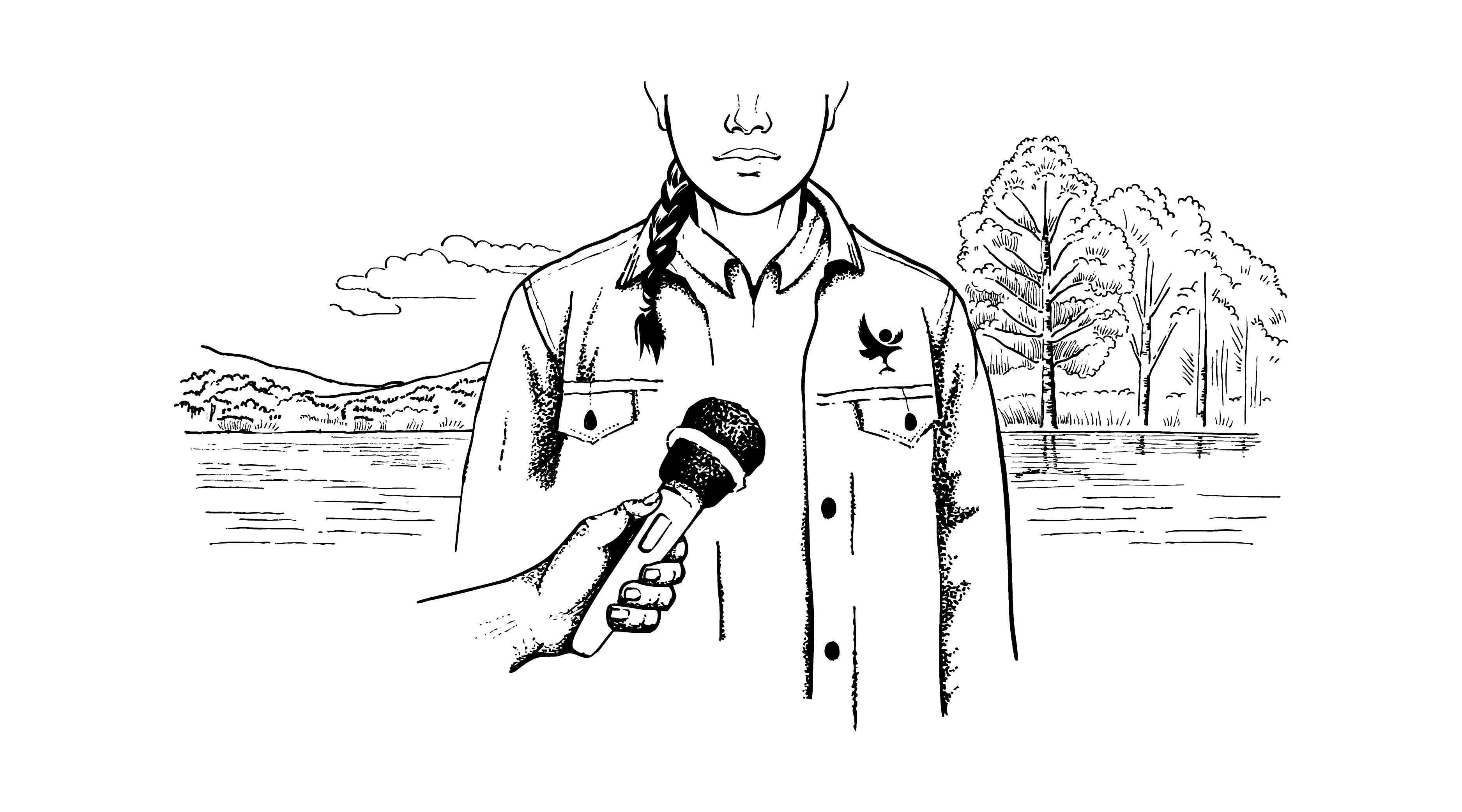Securing a future for Capercaillie

Securing a future for Capercaillie
THE future of one of Scotland’s most critically endangered birds will be discussed at a conference in the Cairngorms National Park this Friday.
Urgent conservation action is needed to help boost the survival odds of the Capercaillie, whose population plummeted from 20,000 to just 1,000 in the 25 years up to the turn of the century.
Such was the rate of the decline that by the mid 1990s they were expected to go extinct in the UK within 20 years. However, the bird has benefited from intensive conservation work in the past decade, and recent surveys have indicated that the population has now stabilised at around 2000 individuals.
The success in conserving and enhancing this important species is down to effective partnerships between public bodies, NGOs and private estates and individuals. Experts from the RSPB, Cairngorms National Park Authority (CNPA), Scottish Natural Heritage, Forestry Commission Scotland, Friends of Capercaillie, Game and Wildlife Conservation Trust, Seafield Estate and Capercaillie BAP Group, will discuss the bird at the ‘Capercaillie – Finding the Way Forward’ conference at the Boat of Garten Community Centre from 9.30am to 4pm. The conference, organised by the RSPB and CNPA, will build on these relationships and work towards growing the population to a target 5,000 individuals.
It will explore the current health and status of the bird, which is the biggest grouse in the world, as well as current management issues and future work. There will also be discussions on predation, funding for ongoing conservation work, and disturbance from public access, which link to priorities for action in the Cairngorms National Park Plan, a document which sets out the Park’s short and long term future.
Colin McClean, the CNPA’s land management officer, said: “This a timely opportunity to examine the current status of capercaillie following the work funded through the Caper LIFE programme and plan the next phase of the recovery of this iconic species.”
Capercaillie management must be implemented at a landscape scale and funding is available through the Scottish Rural Development Programme (SRDP) and SNH’s Species Action Framework. For more information on SRDP contact Gordon McConachie or Zoe Taylor on 01479 873 535. For information on SNH funding contact Susan Haysom on 01463 725 000.
Alert
Latest from the National Park
Pulling together in wake of wildfires
An update from Park Authority Convener Sandy Bremner and Chief Executive Grant Moir on collective efforts to tackle wildfires in the National Park going forward.
The Moorland Indicators of Climate Change Initiative
Update on wildfire situation
Convener Sandy Bremner and Chief Executive Grant Moir have given an update on the ongoing wildfire situation.
Relevant alerts
-
There is an extreme risk of wildfire impacting the National Park from Friday 11 July until Monday 14 July.
- Do not light any fire or barbeque
- Always ensure cigarettes are fully extinguished and take your litter (including glass) away with you
- Enjoy the outdoors responsibly - most wildfires are caused by human activity
- Stay alert - with dry vegetation and warm weather, fires can start easily, spread rapidly, and burn intensely
- If you see a wildfire, dial 999
For updates, visit the Scottish Fire and Rescue Service website.




